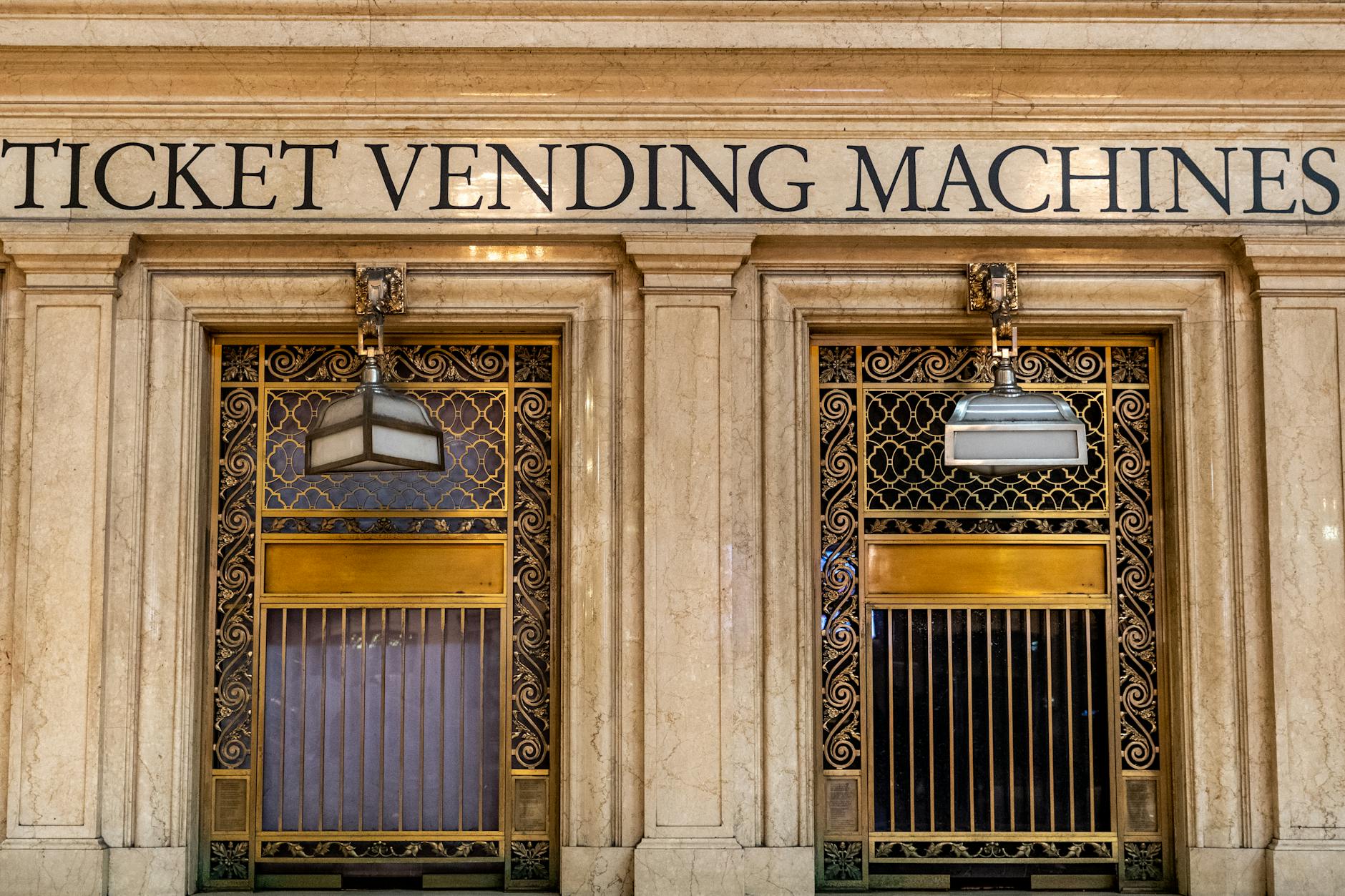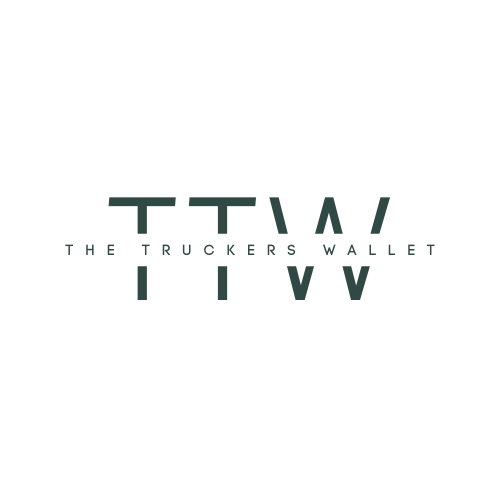
Financial independence is not a one size fits all journey. The cost of freedom will be different for everybody. You and me are most likely able to live off of much less that a spoilt trust fund baby needing all the latest designer outfits, gizmos and decaf skinny vegan mochaccinos that money can buy.
If you are tempted by the idea of pursuing financial freedom then one of the logical first questions will be ‘how much money will I need?’
Personally I have really struggled with this question because it comes down to some simple math based on your annual spending and I have no idea how much i spend every year; I know roughly but I am unsure exactly as I have some leaky money areas in my life I need to fix. (I’m working on a post with some of my own figures I will share at a later date.)
You have reached financial independence making work optional (FIRE = Financial Independence Retire Early) when your investments cover your expenses. When asked how much you need to retire people tend to pluck numbers out of thin air anywhere from ‘I don’t know up to £10 million+’.
Or, we can use the basic math from the not very basic Trinity Study to establish a set figure in invested assets to have a goal in mind to work towards. The general outline of the study is that an investment portfolio with at least 75% in stocks will almost certainly last 30 years whilst withdrawing between 4%-5% annually based on historical market returns.
And so, this study underpins the math behind the FIRE community and it is generally accepted that you need 25 times your annual spending in invested assets to ensure a safe withdrawal rate of 4% per year. For example, if you spend £25K a year and feel confident with 4% safe withdrawal rate you would need £625K. If you have a better appetite for risk and feel confident in the odds of a 5% withdrawal rate only needs 20 times your annual spend or £500k to draw from using this example.
Full disclosure: The 4% figure is hugely debated with in the FIRE community; a Goldilocks analogy about too hot, too cold, just right springs to mind.
I have added a chart below from Early Retirement Now to illustrate the variations of the safe withdrawal rates based on different asset allocations and you can pick what works for you based on how conservative you are when it comes to your finances.

Personal preference but I am quite comfortable with the 4% rule. I’m currently in my mid 30s so I’m heavily weighted towards stocks and don’t hold many bonds as I have long investing timeline in front of me. Say I’m financially free at 50, with 75% in stocks and I need my portfolio to support me for 40 years there is 93% success rate I wont run out of money. I’m not a gambling person but I really like those odds.
There are ways to increase your safety margin, mainly in the form of your ability to earn after financial freedom is achieved. When I hit my figure I will probably stop working full time but I like the routine of work and so I will find something to occupy my time. Financial independence isn’t about not getting paid ever again; with the time available to work on your passions it is very possible you will make additional income you find you don’t need. However, it will create a welcome cushion during times of market volatility when we’ll all be getting a bit hot under the collar about staying the course.
I haven’t factored in any inheritance I may receive in later life, no state pension is considered and it should be noted that generally speaking spending tends to decline as we enter our evening years in life too.
So there we have it, save up 25 times your annual expenses and plan for a 4% rule of thumb withdrawal and you wont go too far wrong on the road to financial independence.


Leave a comment